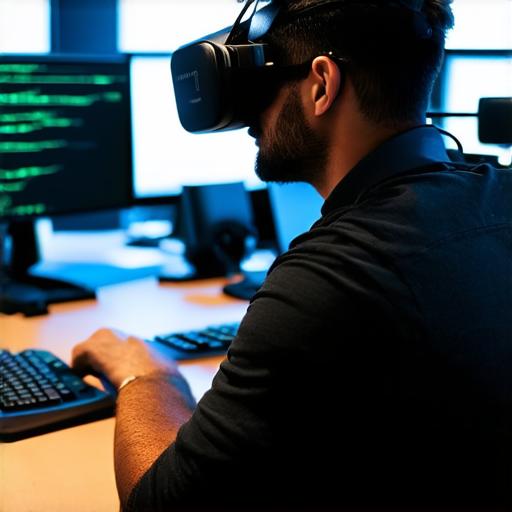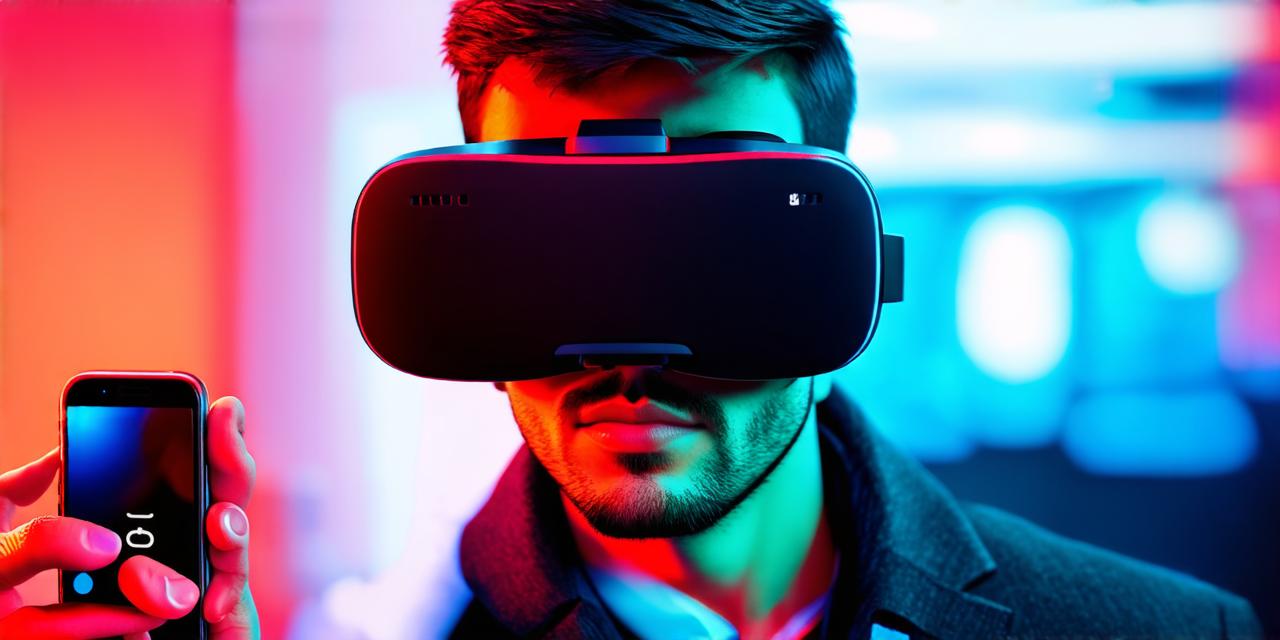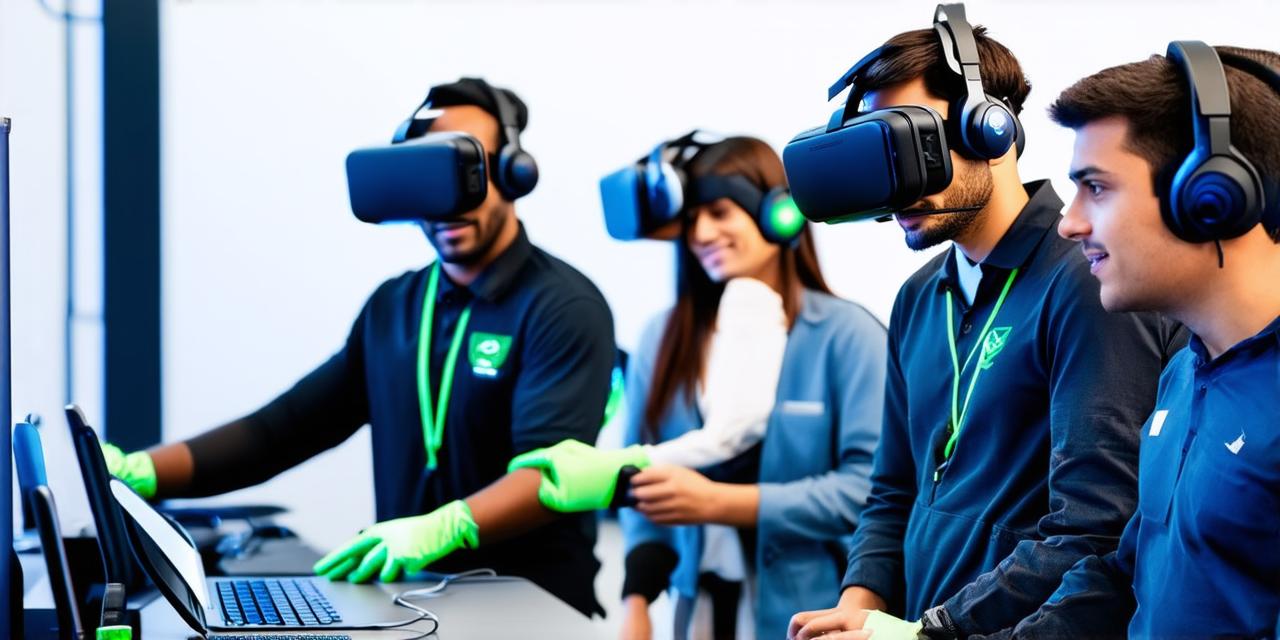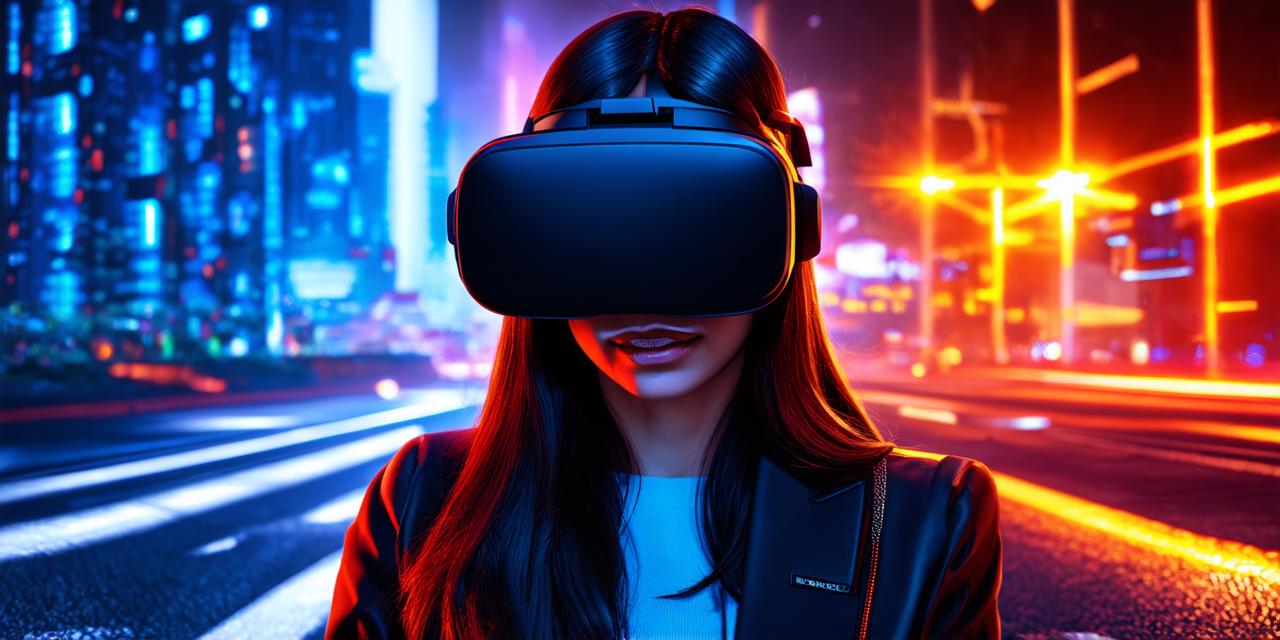Virtual reality (VR) technology has been around for several decades, but it’s only in recent years that it has become more accessible and affordable. The software that runs VR experiences is a key component of the VR ecosystem, enabling users to immerse themselves in virtual environments and interact with virtual objects.
Types of Software for Virtual Reality
There are several types of software for VR, each serving a specific purpose:
-
Game Engines: Game engines are the most common type of software for VR. They provide a framework for creating immersive games and experiences that can be used on VR platforms. Unity and Unreal Engine are two popular game engines that support VR development.
-
3D Modeling Software: 3D modeling software is used to create virtual environments, objects, and characters that can be used in VR experiences. Blender and Maya are two popular 3D modeling software programs that are commonly used in VR development.
-
Video Editing Software: Video editing software is used to create and edit VR videos. Adobe Premiere Pro and Final Cut Pro are two popular video editing software programs that support VR video editing.
-
Virtual Tour Software: Virtual tour software is used to create virtual tours of physical locations, such as museums and historical sites. Autodesk Revit and SketchUp are two popular virtual tour software programs that support VR development.
-
Educational Software: Educational software is used to teach students about various subjects in a virtual environment. Tilt Brush and Google Expeditions are two examples of educational software that support VR learning.
Features of VR Software
VR software typically has the following features:
-
3D Graphics: VR software uses 3D graphics to create immersive environments and objects.
-
Motion Tracking: VR software uses motion tracking technology to track the movement of the user’s body and translate it into virtual movements.
-
Input Devices: VR software typically requires input devices, such as controllers or headsets, to interact with the virtual environment.
-
Interactivity: VR software allows users to interact with virtual objects and environments in various ways, such as grabbing, pushing, and pulling.
-
Audio: VR software often includes audio elements, such as sound effects and music, to enhance the immersive experience.

Conclusion
In conclusion, software for VR technology has come a long way since its inception. There are many types of software available, each designed for specific purposes, and they all share similar features that enable users to immerse themselves in virtual environments and interact with virtual objects. As VR continues to evolve, we can expect even more innovative software to emerge, providing new ways to experience and interact with the virtual world.



